Under pressure from allies to ease the humanitarian crisis in the Gaza Strip as it welcomes Israeli hostages home under the terms of a fragile cease-fire, Israel faces an increasingly difficult set of decisions about the future of its war against Hamas.
Israeli soldiers doing repairs near the border with the Gaza Strip on Tuesday.
Israeli leaders have vowed to eliminate Hamas, the group that has controlled Gaza since 2007 and that led devastating attacks on Israel on Oct. 7. They have also promised to recover all of the roughly 240 people who were kidnapped by Hamas and other Palestinian armed groups that day.
Prime Minister Benjamin Netanyahu has cited the recovery of hostages in justifying his support for the pause in Israel’s ground invasion — and has also said that Israel’s military is ready to resume fighting once the cease-fire arrangement ends.
But the deal also gives Hamas time to regroup and retrench, making Israel’s objective of rooting it out more difficult. And Israel’s release of Palestinians from imprisonment or detention under the arrangement has been accompanied by growing support for Hamas in the Israeli-occupied West Bank.
The extended cease-fire has also allowed aid to reach more of Gaza’s 2.2 million residents, most of whom have been displaced by the fighting and face dire shortages of food, medicine and fuel.
Where does the cease-fire agreement stand?
Israel and Hamas have extended their brief truce from four to six days, according to Qatar, which has been mediating their talks. The agreement has so far held, despite accusations by each side that the other had violated it.
Since Friday, Hamas has released at least 60 Israeli hostages and Israel has freed 180 imprisoned Palestinians. Nineteen other hostages in Gaza — 17 Thais, one Filipino and one Russian-Israeli dual citizen — have been released since Friday through separate negotiations.
Where does Israel’s military campaign stand?
Before the cease-fire agreement took hold Friday, Israel’s military had bombarded Gaza for weeks, saying it had struck over 15,000 targets. The bombardment included the use of very large weapons in dense urban areas, and Palestinian health authorities in the Hamas government have said that more than 13,000 people have been killed, including thousands of children. The bombardment, the large number of deaths and the displacement of the majority of Gaza’s 2.2 million people have fueled international outcry over the scope of Israel’s campaign.
Israel has said it is targeting Hamas all over Gaza, including in places where its members are embedded among civilians, such as hospitals and shelters, and in an extensive tunnel network underground.
Early in the war, the Israeli military ordered the evacuation of northern Gaza, before a ground invasion. More than 1 million people fled south, and the invasion began in late October.
Israeli troops have captured a swath of northern Gaza roughly in the shape of a C: the northern edge of the strip, a sliver along the Mediterranean coast, and the central strip below Gaza City. The forces largely encircled Gaza City and split the strip in two halves, seeking to disrupt Hamas’ grip over the enclave and begin ousting it from its biggest city. But there appear to be parts of northern Gaza that the Israeli military does not control.
Israeli forces have also closed in on Gaza’s hospitals, seizing Shifa, Gaza’s largest and most modern. Israel said Hamas used tunnels beneath the hospital as a command center, accusations the group and hospital staff denied.
The Israeli military has since sought to show evidence of its assertions, releasing videos that show parts of a tunnel shaft on the grounds of the Shifa complex, and rooms within the tunnel. But Israeli troops have moved slowly, wary of explosives and traps.
The military has said it has destroyed some Hamas tunnels, but has not said that its troops have been fighting inside them.
Ron Dermer, a member of Israel’s war Cabinet, told Sky News on Nov. 7 that the Israeli military had killed “several thousand” Hamas fighters since the war began. He said that the total at that point was greater than 3,000 and “probably close to 4,000 already.” Israeli officials estimate that Hamas had numbered about 25,000 members before the war began.
More than 70 Israeli soldiers have been killed since the ground invasion began, according to the Israeli military.
What about Hamas’ leadership?
Hamas has acknowledged the deaths of several commanders in the war, including at least one senior figure. A number of other Hamas officials and commanders are believed to have been killed. Yahya Sinwar, the hard-line leader of Hamas in Gaza, remains a top target of Israeli forces.
Israeli leaders have said they do not want to reoccupy Gaza after the war, and it remains unclear how or whether they can eliminate Hamas completely from the strip. And in the West Bank, which the Israeli military occupies, support for Hamas has grown amid the recent releases of Palestinians and mounting frustration with the Palestinian Authority, which oversees the West Bank.
The political leadership of Hamas is not within Israel’s reach. Qatar hosts Hamas’ political leaders in its capital, Doha, where Qatari officials have been mediating the talks between Israel and Hamas alongside Egypt and the United States.
What is Hamas and why is it fighting with Israel in Gaza?
Hamas gunmen launched an unprecedented assault on Israel from the Gaza Strip on 7 October, killing 1,200 people and taking about 240 hostages.
The Israeli military responded with air strikes on Gaza, and launched a ground offensive. More than 15,000 people have been killed in Gaza, according to the Hamas-run government.
A pause in fighting to allow the exchange of hostages for Palestinian held in Israeli prisons that began last Friday has been extended until Wednesday.
What is the goal of Israel's military operation in Gaza?
Israel Defense Forces (IDF) warplanes have been carrying out strikes across Gaza while its troops have been moving through the north of the territory.
Prime Minister Benjamin Netanyahu has said Israel has a "clear goal of destroying Hamas's military and governing capabilities", as well as freeing the hostages.
He has also declared that Israel will have "overall security responsibility" for the Gaza Strip "for an indefinite period" after the conflict, but Israel later said it has no plans to reoccupy the territory.
Israel has drafted 300,000 reservists for the operation, to boost its standing force of 160,000.
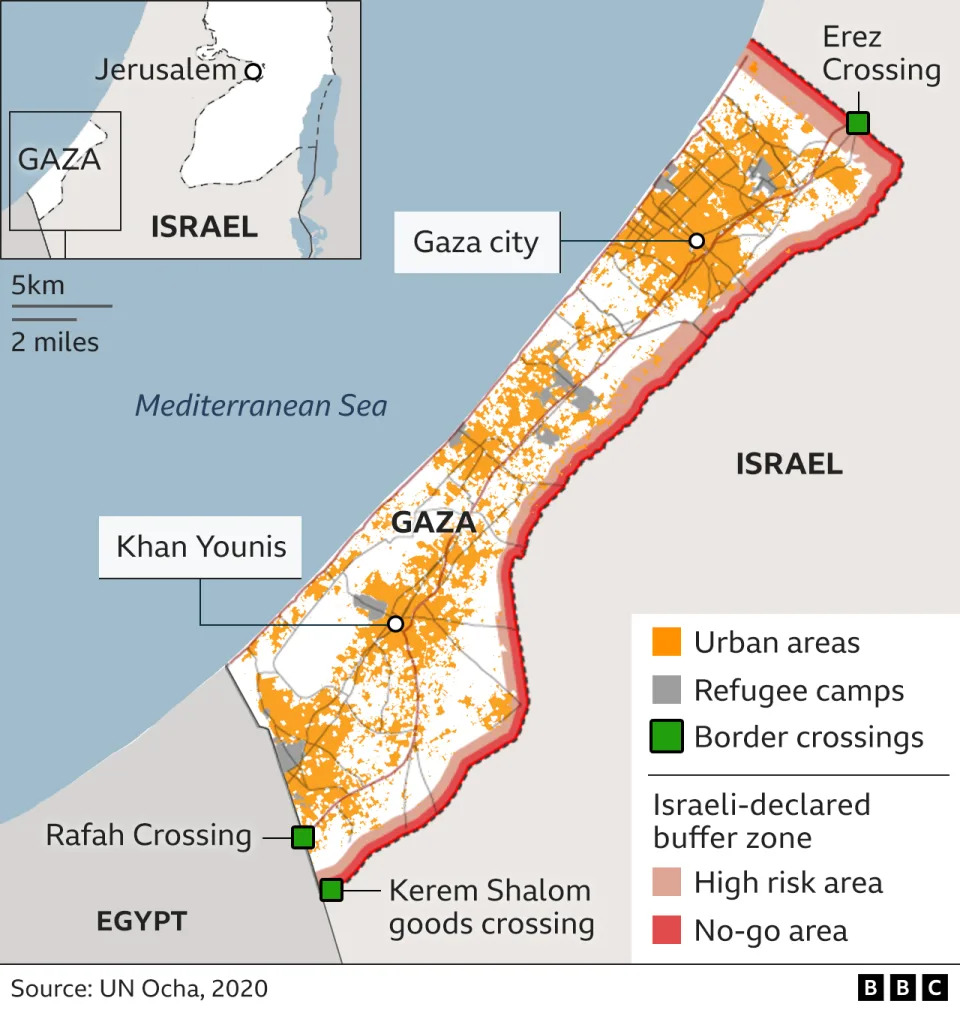
The IDF says it has struck thousands of targets belonging to Hamas - which Israel, the UK, US and other Western powers class as a terrorist organisation.
The IDF also says it has destroyed hundreds of tunnel shafts built underneath Gaza. Hamas has claimed that its tunnel network stretches for 500km (310 miles).
Israel claims to have killed thousands of Hamas fighters during the war, including many commanders. More than 390 Israeli soldiers have been killed, most of them in the 7 October attack.
Who are the hostages and how is the ceasefire working?
Hamas took about 240 hostages, which it said were hidden in "safe places and tunnels" within Gaza.
Israel said more than 30 of the hostages were children and that at least 10 were aged over 60. It also said about half of the hostages had foreign passports from 25 different countries.
Under a deal brokered by Qatar, a four-day pause in the fighting began on Friday, during which Hamas agreed to release 50 Israeli women and children. In return, Israel agreed to release 150 imprisoned Palestinian women and youths aged between 14 and 18.
The deal also allowed more humanitarian aid to be sent to Gaza.
Israel offered an additional day's pause in the fighting for every 10 Israeli hostages freed, and on Monday the two sides agreed to extend the pause for 48 hours allow another 20 hostages and 60 prisoners to be exchanged.
As of Tuesday night, a total of 81 hostages had been freed in return for 180 prisoners:
-
60 Israeli women and children under the deal between Israel-Hamas deal
-
19 Thai nationals, one Filipino and an Israeli with Russian dual citizenship have also been handed over by Hamas under separate agreements
Qatar has said it is working to extend the truce further in exchange for more hostage releases.
An Israeli government spokesman has said it would consider up to five additional days' pause in the fighting.
Hamas has said other armed groups in Gaza are holding hostages, including Palestinian Islamic Jihad, which could complicate the release process.
Hamas had freed four Israeli hostages before the truce deal was agreed. The Israeli military rescued one hostage, and recovered the bodies of two others, during its operations in northern Gaza.
What is happening on the ground in Gaza, and what is the humanitarian situation?
More than 36,000 people - three quarters of them children and women - have been wounded in Gaza since the start of the war, the Hamas-run government says.
However, only a small number of hospitals are still operational due to damage caused by attacks and the lack of electricity and fuel.
Mr Netanyahu has admitted that Israel has been "not successful" in minimising civilian casualties, but insisted this is because Hamas uses Gaza's population as human shields.
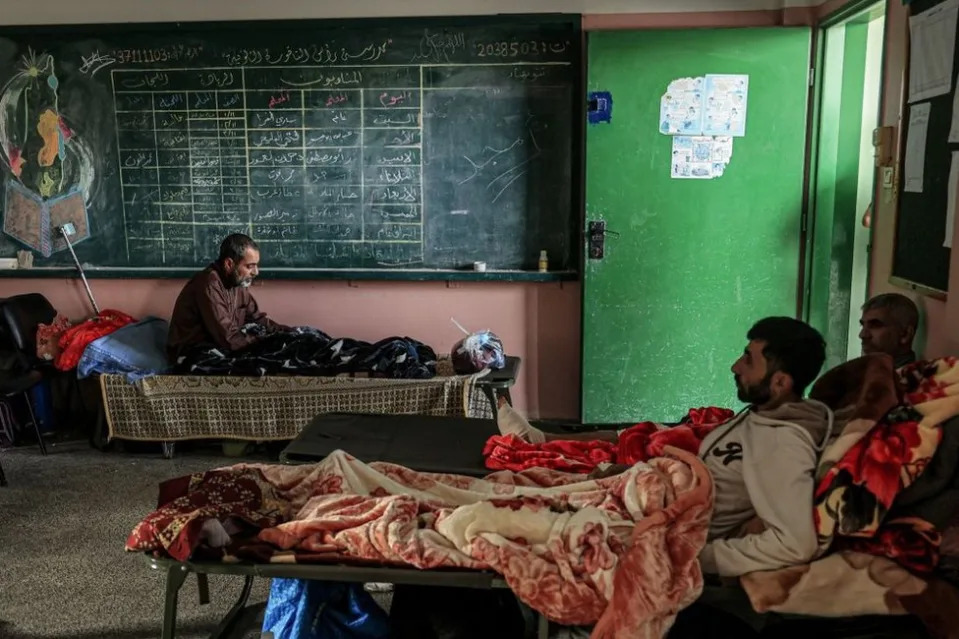
Unrwa, the UN agency for Palestinian refugees, says 1.7 million Gaza residents have been displaced during the conflict, and that more almost one million have been sheltering at its facilities.
After the 7 October attack, Israel shut its border crossings with Gaza, and blocked supplies of food, most water, fuel and medicine from entering the territory.
Without electricity or fuel for generators, hospitals, water pumps and desalination plants, waste and sanitation services, and bakeries have been unable to function.
Israel blocked all fuel deliveries to the territory until late November, arguing it could be stolen by Hamas and used for military purposes.
The heads of major UN agencies said that cutting off essential supplies to 2.2 million Palestinians was an "outrage", and have repeatedly called for a ceasefire on humanitarian grounds.
Israel allowed 1,399 lorry loads of humanitarian supplies to enter via Egypt's Rafah border crossing between 21 October and 21 November, compared to a monthly average of 10,000 before the war, according to the UN.
During the initial four-day truce, 200 lorries carrying aid, four fuel tankers and four lorries carrying cooking gas were allowed to enter Gaza every day through the Rafah crossing, the only functioning border in or out of Gaza.
Hundreds of foreign passport holders - including some British and US citizens - and seriously wounded and sick Palestinians have also been allowed to leave through the crossing, but many remain. Passage remains tightly controlled by Egypt.
What happened during the Hamas 7 October attack on Israel?
On 7 October, hundreds of Hamas gunmen crossed from the Gaza Strip into southern Israel, breaking through the heavily guarded perimeter fence, landing by sea, and using paragliders.
It was the most serious cross-border attack against Israel in more than a generation.
The gunmen killed about 1,200 people, most of them civilians, in a series of raids on military posts, kibbutzim and a music festival, and took hostages back into Gaza.
Earlier estimates put the death toll at more than 1,400.
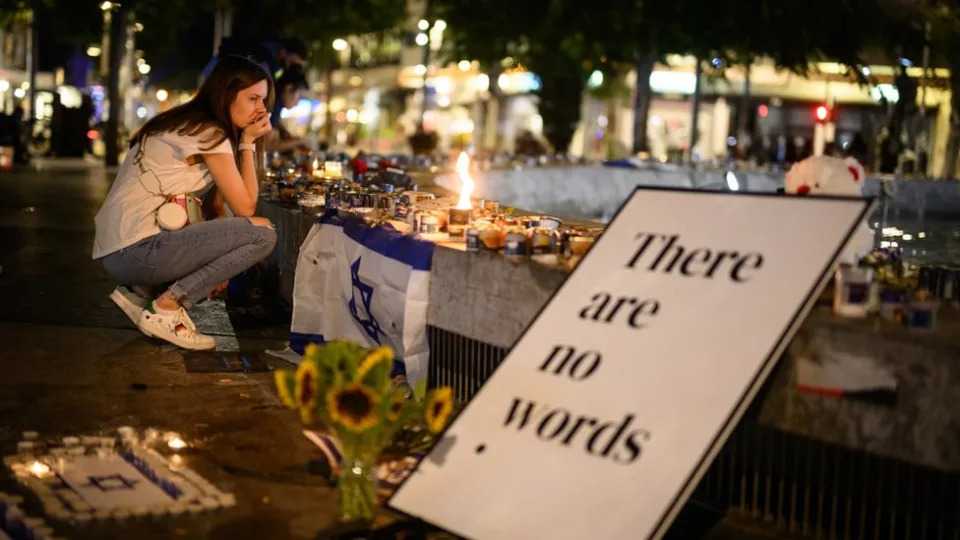
The attack came at a time of soaring Israeli-Palestinian tensions: 2023 has been the deadliest on record for Palestinians who live in the Israeli-occupied West Bank.
What is Hamas and what does it want?
Hamas is a Palestinian group which has run Gaza since 2007.
The name is an acronym for Harakat al-Muqawama al-Islamiya, which means Islamic Resistance Movement.
The group wants to destroy Israel and replace it with an Islamic state.
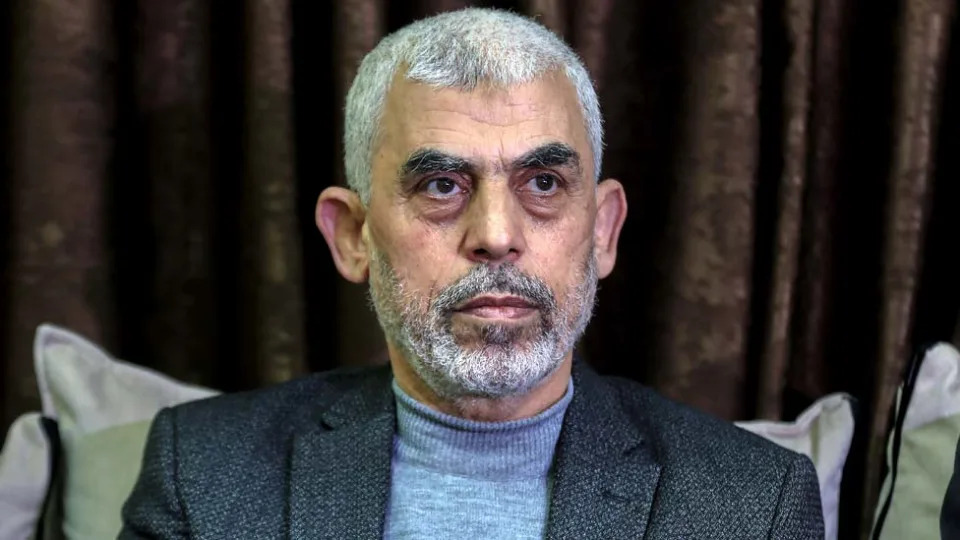
Its military wing, the Izzedine al-Qassam Brigades, is thought to have about 30,000 members.
Hamas has fought several wars with Israel since it took power, firing thousands of rockets into Israel and carrying out other deadly attacks.
In response, Israel has repeatedly attacked Hamas with air strikes, sending in troops in 2008 and 2014.
Hamas - or in some cases the al-Qassam Brigades - has been designated a terrorist group by Israel, the US, the EU and the UK, as well as other powers.
Iran backs the group, providing funding, weapons and training.
Where is the Gaza Strip and how big is it?
The Gaza Strip is a 41km (25-mile) long and 10km-wide territory located between Israel, Egypt and the Mediterranean Sea.
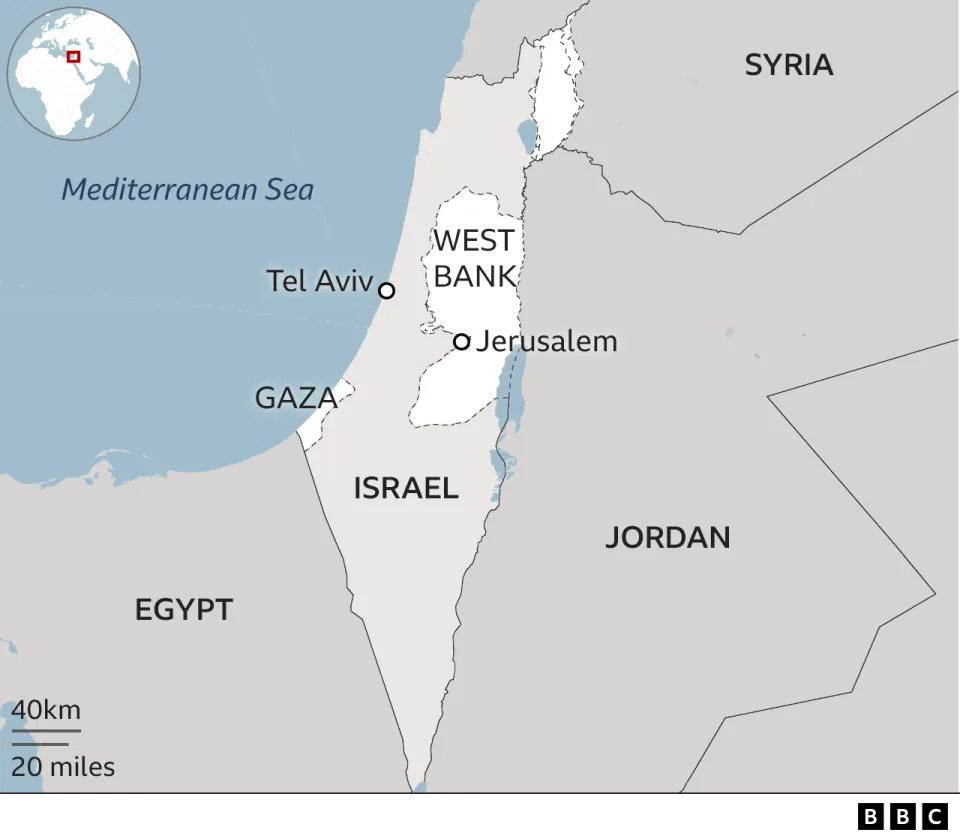
Previously occupied by Egypt, Gaza was captured by Israel during the 1967 Six-Day War.
Israel withdrew its troops and around 7,000 settlers from the territory in 2005.
Home to 2.2 million people, the narrow strip is one of the most densely-populated areas in the world.
Just over three-quarters of Gaza's population - some 1.7 million people - are registered refugees or descendants of refugees, according to the UN.
Before the latest conflict, more than 500,000 people lived in eight refugee camps located across the Strip.
Israel controls the air space over Gaza and its shoreline, and strictly limits the movement of people and goods.
What is Palestine?
The West Bank and Gaza are known as the Palestinian territories. Along with East Jerusalem and Israel, they formed part of a land known as Palestine from Roman times until the mid-20th Century.
These were also the lands of Jewish kingdoms in the Bible and are seen by many Jews as their ancient homeland.
Israel was declared a state in 1948, although the land is still referred to as Palestine by those who do not recognise the country's right to exist.
The Palestinian president is Mahmoud Abbas, also known as Abu Mazen. He is based in the West Bank, which is under Israeli occupation.
He has been the leader of the Palestinian Authority (PA) since 2005, and represents the Fatah political party - a bitter rival of Hamas.
Netanyahu facing internal pressure to end cease-fire, resume war against Hamas.
Israeli Prime Minister Benjamin Netanyahu is facing pressure from within his government to end the cease-fire with Hamas and resume the military campaign in Gaza.
Israeli Minister of National Security Itamar Ben-Gvir issued an ultimatum to Netanyahu on social media on Wednesday, saying the current coalition government would dissolve if the war against Hamas is halted. Officials from the U.S., Israel and Qatar are in negotiations regarding a second extension of the cease-fire with Hamas.
Israel and Hamas have paused their fighting for six days, exchanging Israeli hostages for Palestinian prisoners in Israel. Netanyahu is facing mounting pressure from international organizations and even the U.S. to accept a long-term cease-fire agreement.
Such an agreement would put an end to hopes of dismantling Hamas and ending the terrorist organization's leadership in Gaza, something Netanyahu has repeatedly vowed to do.
HAMAS TERRORISTS USE ISRAELI HOSTAGE RELEASE IN GAME OF PSYCHOLOGICAL WARFARE
The more aggressive elements of Netanyahu's government recognize the conflict is at a key juncture.
"Stopping the war = dissolution of the government," Ben-Gvir wrote on X, the platform formerly known as Twitter.
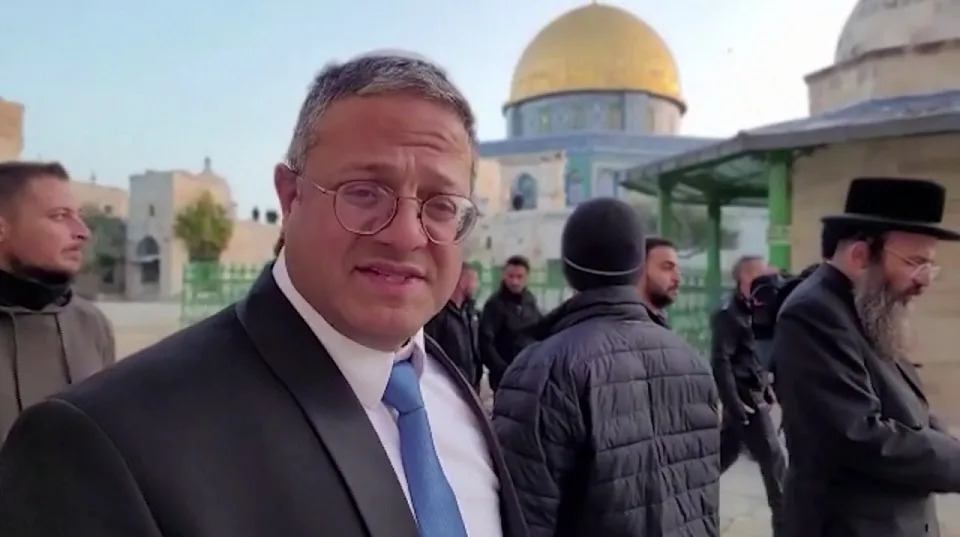
Netanyahu was very clear in his intent to utterly destroy Hamas earlier this month prior to agreeing to a cease-fire.
"If you want peace, destroy Hamas. If you want security, destroy Hamas. If you want a future for Israel, the Palestinians, the Middle East, destroy Hamas," Netanyahu told "Meet the Press" host Kristen Welker on Nov. 12. "We're absolutely intent on achieving it. And what I can tell you… is given the extraordinary performance of the Israeli army in the last few days, the last few weeks, we're going to achieve it. We'll do it with as few civilian casualties as we can and with maximum casualties on the Hamas terrorists, which we are achieving day by day, hour by hour, will complete the task."
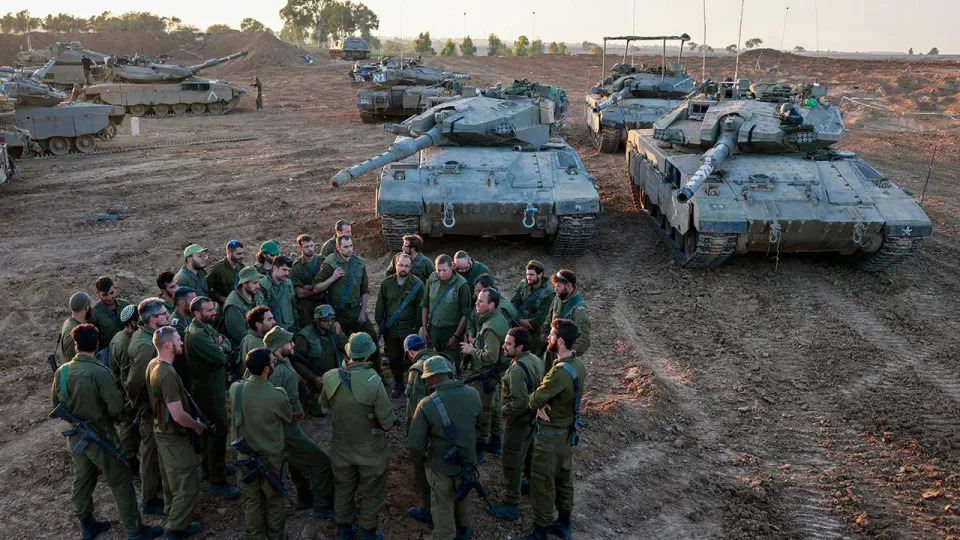
If Israel nevertheless agrees to another cease-fire extension or a more long-term truce agreement, Netanyahu's government could collapse, and he would face an election – a contest current polls suggest he would likely lose.


